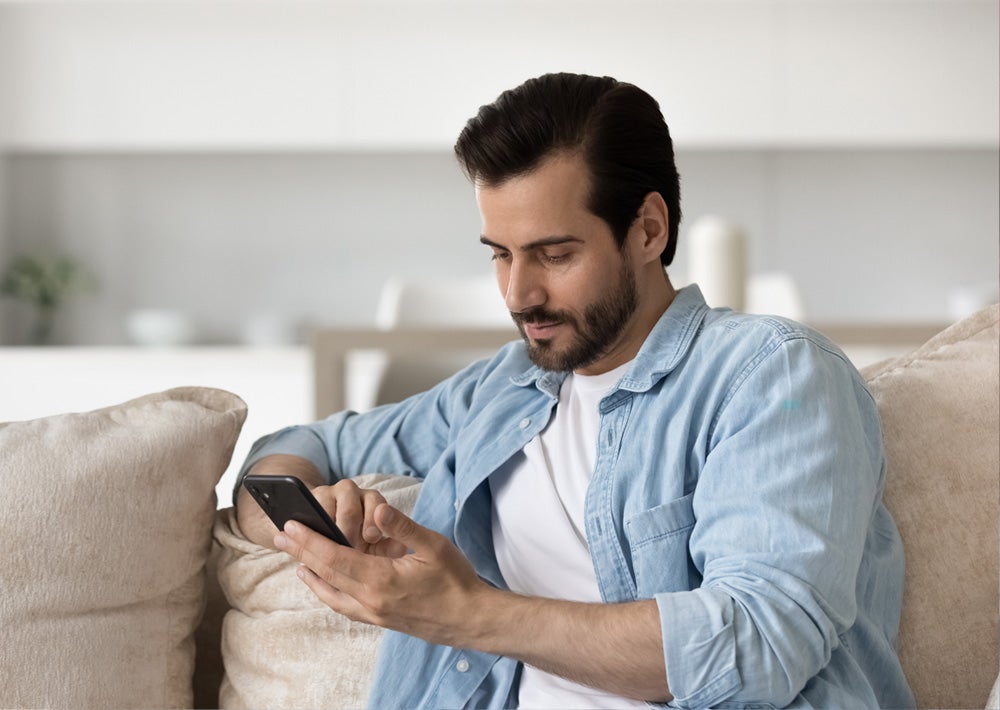No one likes to wait—but in healthcare, the consequences of long wait times can be especially severe. They affect everyone involved and can negatively impact patient satisfaction and retention, staff efficiency, providers’ reputations and more.
Check out the infographic below to understand the negative consequences of keeping patients waiting too long—and to gain actionable strategies to get them the care they need sooner.
Click the image to view the full-sized infographic.
The high cost of long wait times
There are few greater sources of frustration for patients than waiting a long time to see their provider—both to get an appointment scheduled and after arriving in the office. Research shows that the patient experience is heavily influenced by the amount of time spent waiting for care—when wait times go up, satisfaction goes down.1
But long wait times are more than just an inconvenience for patients. They jeopardize efficiency, inhibit access to care, and can have far-reaching operational and financial consequences, including more front-desk bottlenecks, a higher no-show rate and lost revenue.
Wait times matter…
- 26 days average wait time for a physician appointment2
- 18 minutes spent in the waiting room after arriving, on average3
- 84% of patients believe wait times are important to their overall healthcare experience4
…and keeping patients waiting can lead to missed revenue
- 30% of patients have left a doctor’s appointment due to a long wait5
- $200 lost for every open or no-show appointment slot, on average6
More than the money
In addition to lost revenue, long wait times can negatively impact:
- PATIENT RETENTION: 63% of patients say they would switch doctors if they had to consistently wait too long for their appointments7
- PATIENT SATISFACTION: 97% of patients have reported frustration about having to wait too long before seeing their doctor8
- NPS SCORES: 7.8x higher likelihood of a patient being Passive or a Detractor when leaving a negative comment about long waits7
The bottom line? Long wait times are more than just an inconvenience for patients. They can harm an organization’s reputation, reduce patient loyalty, raise healthcare costs9 and worsen clinical outcomes.10
The good news
Long wait times don’t have to be the status quo, and many healthcare organizations are working to reduce them.
- 49% of healthcare organizations have changed their processes to improve patient wait times11
Strategies to minimize wait times
- Use self-scheduling or appointment-request tools to reduce inbound calls for staff and improve patient flow.
- Send automated appointment reminders via text message or email to decrease late arrivals and reduce no-shows by up to 78%.12
- Offer digital check-in tools that prompt patients to check in for their appointments ahead of time and reduce their time spent in the waiting room.
- Implement end-to-end scheduling automation to offer previously scheduled patients an earlier appointment time, if a slot becomes available.
- Gather data before the visit, including patients’ demographics, medical history and social risks, and automatically send the data to your PM/EHR.
- Automate manual tasks like insurance verification, referrals and consent management to give front-office staff more time to focus on patients.
- Offer real-time payment options like Apple Pay®, Google Pay™ and card on file to help patients spend less time at the front desk.
- Use surveys and analytics tools to monitor operational strengthens and weaknesses, including appointment trends, front-office workflows and the average time it takes to schedule a visit.
QUICK TIP
Be transparent with patients about their expected wait times and keep them updated on when they’ll be seen. This eases anxiety, promotes more tolerance for the wait and makes patients feel respected.
“It’s easy to think that wait times are just ‘business as usual’ in healthcare, but they’re not—they impact everything from staff efficiency to patient satisfaction and retention. The truth is that patients don’t need to be in the waiting room for very long. If you give them a way to complete their check-in electronically, either ahead of time or quickly when they arrive at the office, then you can effectively reduce patient wait times.”
—Shari Crooker, RN, Practice Administrator, Gwinnett Center Medical Associates
Ready to improve wait times?
Visit phreesia.com to learn how we can help.
Endnotes
1. “Associations between waiting times, service times, and patient satisfactions in an endocrinology outpatient department: A time study and questionnaire survey,” Inquiry: The Journal of Health Care Organization, Provision, and Financing, November 2017.
2. “2022 survey of physician appointment wait times and Medicare and Medicaid acceptance rates,” AMN Healthcare/Merritt Hawkins, August 2022.
3. “How patient wait times affect customer satisfaction,” Fierce Healthcare, September 2019.
4. “Report outlines the business perils of long wait times,” Fierce Healthcare, March 2018.
5. “30% of patients have left a doctor appointment because of wait time,” BusinessWire, March 2018.
6. “Missed appointments cost the U.S. healthcare system $150B each year,” Healthcare Innovation, April 2017.
7. “Full report: Understanding perceptions about wait times,” NRC Health, October 2022.
8. “Enhancing the patient experience with exceptional customer service,” Physicians Practice, January 2017.
9. “Opportunity costs of ambulatory medical care in the United States,” The American Journal of Managed Care, August 2015.
10. “Just a minute: The effect of emergency department wait time on the cost of care,” Economic Inquiry, November 2019.
11. “Will the doctor see me soon?” Medical Group Management Association, March 2018.
12. Phreesia Network data






